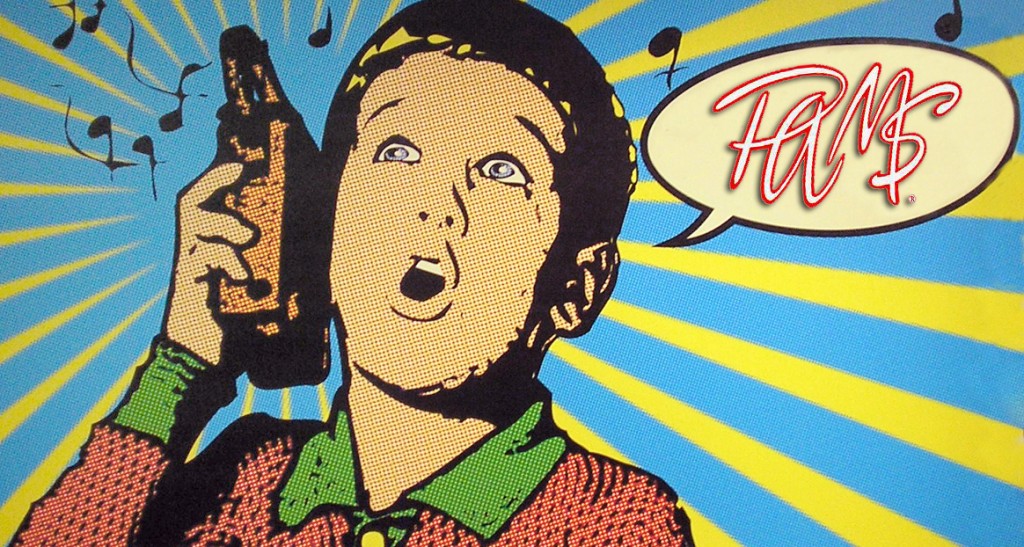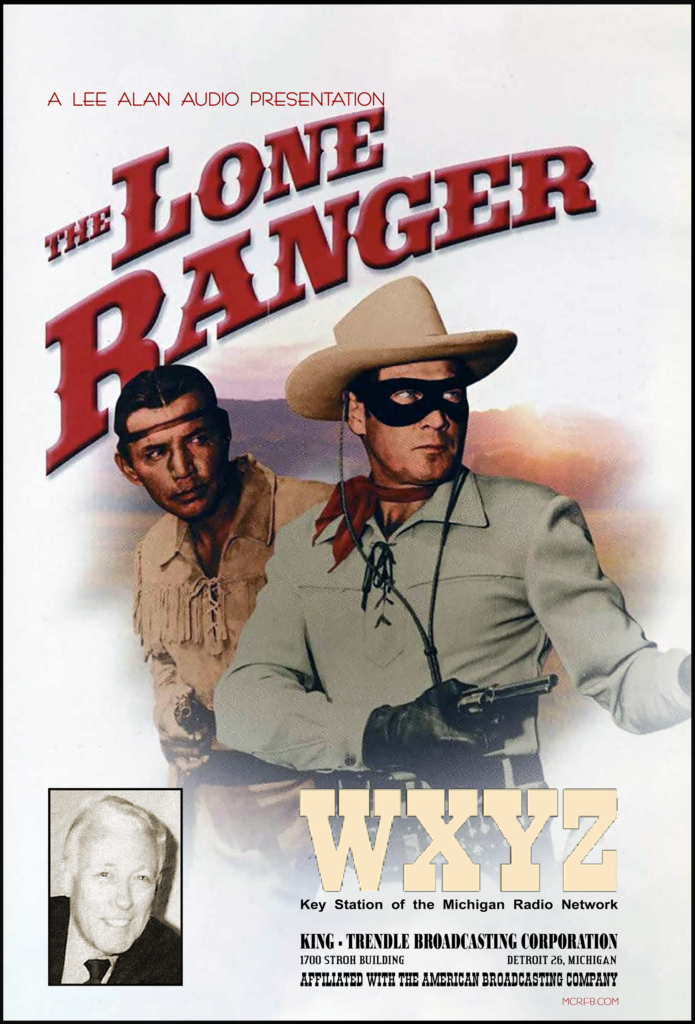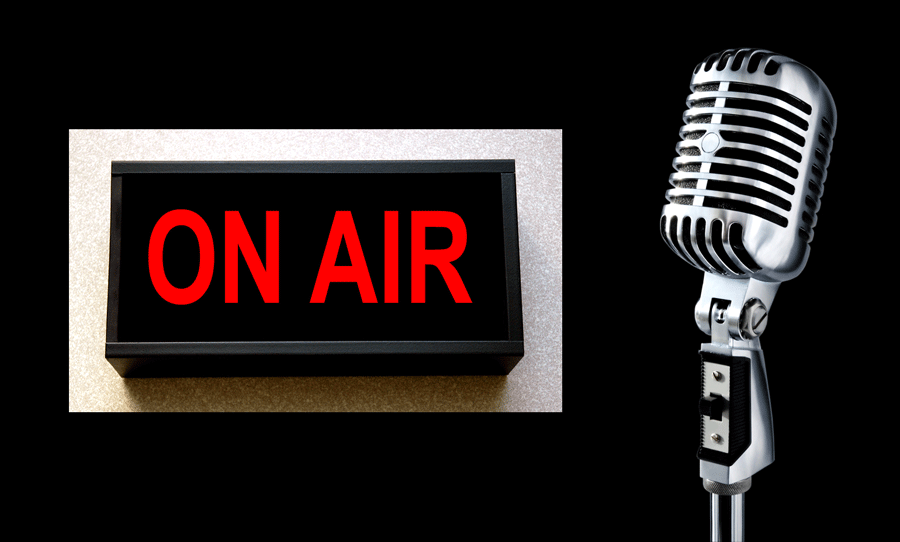![]()
Month: April 2022
THE ED SULLIVAN SHOW: CBS-TV! POP & ROCK ’60s ICONS
CLASSIC RADIO JINGLES: THE LEGENDARY ’60s SOUNDS OF PAMS!
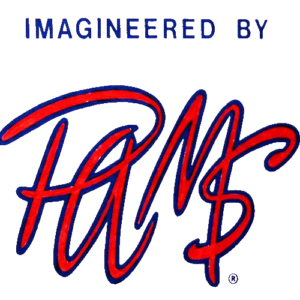 PAMS started it all. As early as 1947, singing station identifications (ID’s) were used by KLIF in Dallas, Texas. One of the musicians working on KLIF at the time was a Dallas native by the name of Bill Meeks. In addition to leading two bands that performed live on the station, Bill also sold commercial time to the shows’ sponsors. He participated in creating commercials and jingles for those sponsors, as well as making musical identifications for the station itself. They got favorable reaction, and KLIF did well. After a while, some of Bill’s clients urged him to devote more time to working on their advertising needs. So in 1951 Mr. Meeks formed his own advertising agency. He named it PAMS, which is an acronym for Production Advertising Merchandising Service. Initially, the company created and placed radio spots for local accounts. This ad agency experience strengthened Bill’s belief that most listeners at the time didn’t really know which station they were listening to. He noted that some stations with supposedly low ratings generated good response for advertisers, while many highly rated stations did not. Drawing on his experience at KLIF, Bill decided that many radio stations could benefit from having musical station ID’s.
PAMS started it all. As early as 1947, singing station identifications (ID’s) were used by KLIF in Dallas, Texas. One of the musicians working on KLIF at the time was a Dallas native by the name of Bill Meeks. In addition to leading two bands that performed live on the station, Bill also sold commercial time to the shows’ sponsors. He participated in creating commercials and jingles for those sponsors, as well as making musical identifications for the station itself. They got favorable reaction, and KLIF did well. After a while, some of Bill’s clients urged him to devote more time to working on their advertising needs. So in 1951 Mr. Meeks formed his own advertising agency. He named it PAMS, which is an acronym for Production Advertising Merchandising Service. Initially, the company created and placed radio spots for local accounts. This ad agency experience strengthened Bill’s belief that most listeners at the time didn’t really know which station they were listening to. He noted that some stations with supposedly low ratings generated good response for advertisers, while many highly rated stations did not. Drawing on his experience at KLIF, Bill decided that many radio stations could benefit from having musical station ID’s.
PAMS designed a group of ten jingles, and called the package simply “Series 1”. A more elaborate “Series 2” followed shortly thereafter. The idea was that stations would hear a demonstration tape of the jingles (a “demo”), and re-write the lyrics to suit their own requirements. PAMS would then assemble the vocal group in a studio and re-sing the jingles using the new lyrics, over the already-existing instrumental backgrounds. This is the essence of jingle syndication. It began at PAMS in the early 1950″s, and the process continues to this day.
As word of success stories spread, PAMS began recording jingles for broadcasters from coast to coast. Although PAMS produced hundreds of musical jingles for merchants and advertising agencies, station identification jingles became the firm’s specialty. What began as a decision in 1906 to issue unique call signs to stations, eventually grew into a multi-million dollar industry devoted to setting those call signs to music.
TOP 40 RELIES ON JINGLES. For those who grew up with it, the top-40 sound of the ‘50s, ‘60s, and ‘70s made an indelible impression. This was before the age of FM radio and portable CD players. AM radio was where people turned for music and entertainment, and broadcasters battled fiercely to be perceived as the most exciting spot on the dial. In market after market, the winners were the ones who used PAMS jingles. And the sound of the jingles is forever linked in our memories with the sound of the stations and their DJs
Smart programmers always wanted to ride the latest trend. Whenever PAMS came up with a new idea and developed it into a series of jingles, many stations would build their entire image around the new jingle package. For a while it seemed as if the industry would wait to hear each new PAMS package so that they would know what to do next. Phrases like “Go Go”, “The In Sound”, “Fun Vibrations”, and “Music Power” became part of radio stations all over the world. The unmistakable PAMS sound was everywhere.
THE DEMO TAPES. As PAMS created each new collection of mass-appeal jingles, the series would be named, and also numbered sequentially. A demo tape would be prepared and sent to prospective clients to show them what the jingles sounded like. Often the demos would include a narrated sales pitch to explain the concepts involved. Sometimes there would be different variations of a series, or modular sections of a package that a station could choose from. These were differentiated with letters (e.g. “Series 34A” or “Series 34B”). Through the years PAMS also created many specialized jingle packages for other radio formats such as country, easy listening and talk. These packages were given names, but not included as one of the numbered series.
CHANGING TIMES. For a period spanning three decades, PAMS was the most influential and imitated source of radio jingles in the world, and an integral part of the sound of legendary stations. A great part of PAMS’ success was due to the ingenuity and musical excellence of the many writers, producers, engineers, and talent who worked there over the years. Another important ingredient was the prevailing atmosphere in broadcasting which allowed and encouraged jingles and DJs to be entertaining in their own right. By the mid ‘70s, however, changing trends in broadcasting, along with increased competition, began to have a serious impact on PAMS’ product and sales. Business difficulties ensued, and PAMS suspended operations in 1978. It remained legally dormant until 1990, when the corporation was bought and returned to active status with the intent of preserving the classic PAMS heritage.
For more details please read about our recent history.
Jonathan M. Wolfert
President
PAMS Productions, Inc.
Dallas, Texas
_______________
The above featured PAMS jingle package was audio enhanced by Motor City Radio Flashbacks
![]()
 The above PAMS Jingle Sampler is property of PAMS, Incorporated. Courtesy of JAM Productions, Dallas. Article by Jonathan Wolfert.
The above PAMS Jingle Sampler is property of PAMS, Incorporated. Courtesy of JAM Productions, Dallas. Article by Jonathan Wolfert.
_______________
MCRFB Note: This referenced article was edited and condensed. To read the above article authored by Jonathan Wolfert in its entirety, go here.
![]()
A SPECIAL LEE ALAN AUDIO PRESENTATION: THE LONE RANGER REMEMBERED
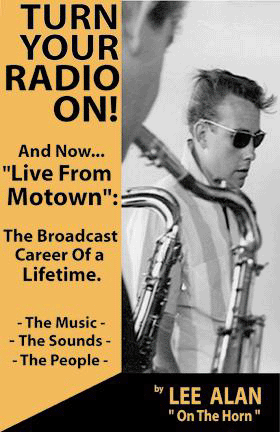
In my first book, ‘Turn Your Radio On’, there is a photo from the Detroit News referencing how I was able to play the part of The Lone Ranger.
It was all arranged by the late Dick Osgood who was a wonderful friend, Emmy Award Winning Radio icon, and a giant in the early days at WXYZ. One of the three performances we did was recorded with Dick giving a brief history of radio and introducing the cast of the performance. You’ll recognize some of the names.
With an introduction by yours truly, this is the only recording in existence and deserves to be preserved. Most of the cast are now in Heaven, including a bit player, Detroit’s most popular radio and television weatherman, Sonny Eliot.
In adding further to the Lone Ranger legacy, in 1986, Lee Alan wrote to a feature columnist with the Detroit News:
“My childhood hero was The Lone Ranger, but before Clayton Moore. As a boy growing up in Detroit I listened to The Lone Ranger as it was done live from WXYZ on the radio. My Lone Ranger in those days (actually the name was Brace) was Bruce Beemer. His deep, resonant voice created a vivid mental picture of my hero.
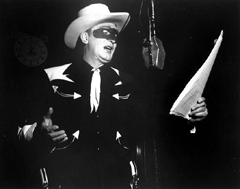
In 1965, I shared an office at WXYZ with my dear and recently deceased friend, Joel Sebastian. I heard a voice from the hallway. And there he stood . . . 60 plus years of age — looking just like I always thought he would. I nervously introduced myself. He shook my hand, and with the other . . . he gave me a silver bullet. Five days later he died.
“In 1985, at the national convention of the ‘Friends Of Old-Time Radio,’ the Lone Ranger was recreated by the original cast. They asked me to go and play Brace Beemer’s part. For 30 minutes I was surrounded by all the thundering hoof beats from out of the past and realized my boyhood dream. I was the Lone Ranger . . .”
“I retired from radio in 1970 and opened my ad agency about 16 years ago,” said Alan. “The horn and ashtray are locked up in a vault, along with photos and film clips of my radio days. But nothing means more to me than that silver bullet. That and the fact that I actually became the Lone Ranger . . . if only for a little while.”
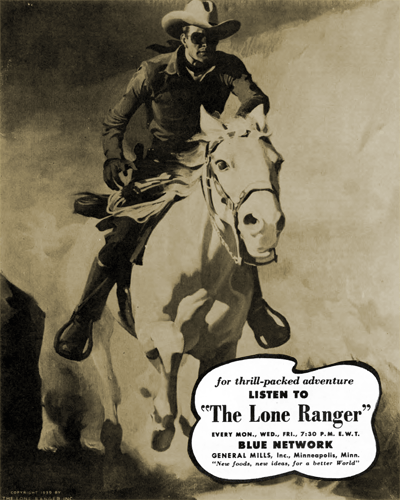
Alan also added, “The cast members, when I had the wonderful opportunity to play Brace Beemer’s part as the Lone Ranger before a live audience of a thousand people, included Fred Foy who was the show’s announcer, Dick Osgood, Rube Weiss as Tonto and, the show’s actual director on WXYZ, Chuck Livingstone.
When it was over a small elderly lady approached me and said: “I closed my eyes and it was him . . . I heard his voice. It was him.”
The lady was Leta Beemer, widow of Brace Beemer. My “Lone Ranger.” She saw the “pictures” that only radio can produce.
Lee Alan | March 15, 2022
_______________
A special Thank You to Lee Alan for recently providing his special audio presentation of The Lone Ranger for this page on Motor City Radio Flashbacks.
Produced and created by Lee Alan
![]()
NEW! WYUR 1310 BACK ON THE RADIO: PAUL CHRISTY
SIMON & GARFUNKEL: DECADES MEMORIES! A 1966 YOU-TUBE VIDEO REWIND
THE MAMAS & THE PAPAS: DECADES MEMORIES! A 1966 YOU-TUBE VIDEO REWIND
SERGIO MENDES & BRASIL ’66: DECADES MEMORIES! A 1966 YOU-TUBE VIDEO REWIND
MOTOR CITY RADIO BACK-PAGES: GARY GRAFF | RADIO 1986
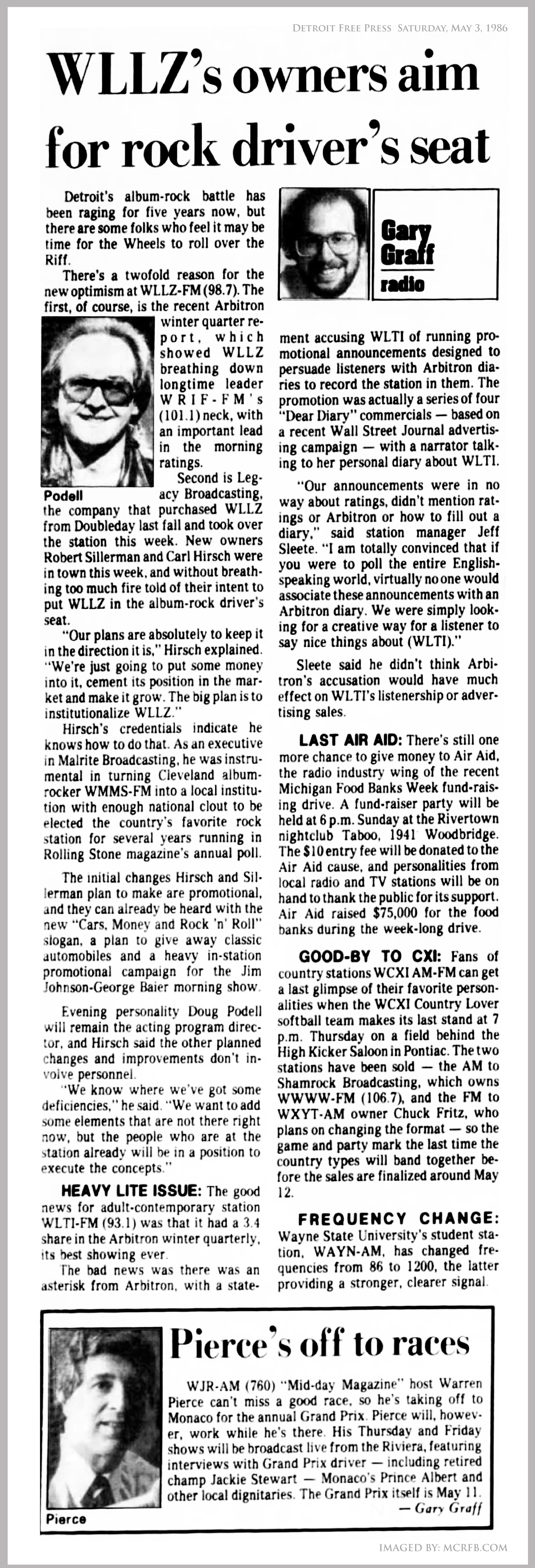
Above article courtesy freep.com newspaper archive. Copyright 2022. Newspapers.com
The above featured Detroit Free Press article was digitally re-imaged by Motor City Radio Flashbacks
A special thank you to senior MCRFB consultant Greg Innis, of Livonia, MI., for contributing the Newspapers.com archives (Detroit radio related) articles, ads, and images we have featured on this site, since 2016.
Thank you, Greg Innis, for making these historic Detroit radio features possible. 🙂
_______________
Missed any of our previous ‘Detroit Radio Back-Pages‘ features? GO HERE
ON YOUR PC? You can read this entire newsprint article — the fine print — ENLARGED. For a larger detailed view click above image 2x and open to second window. Click image anytime to return to NORMAL image size.
Click your server’s back button to return to MCRFB.COM home page.
ON YOUR MOBILE DEVICE? Tap on newsprint image. Open to second window. “Stretch” image across your device screen to magnify for largest print view.
![]()
BILLBOARD! CLASSIC COLUMBIA RECORDS 45 AD FLASHBACK: APRIL 1966
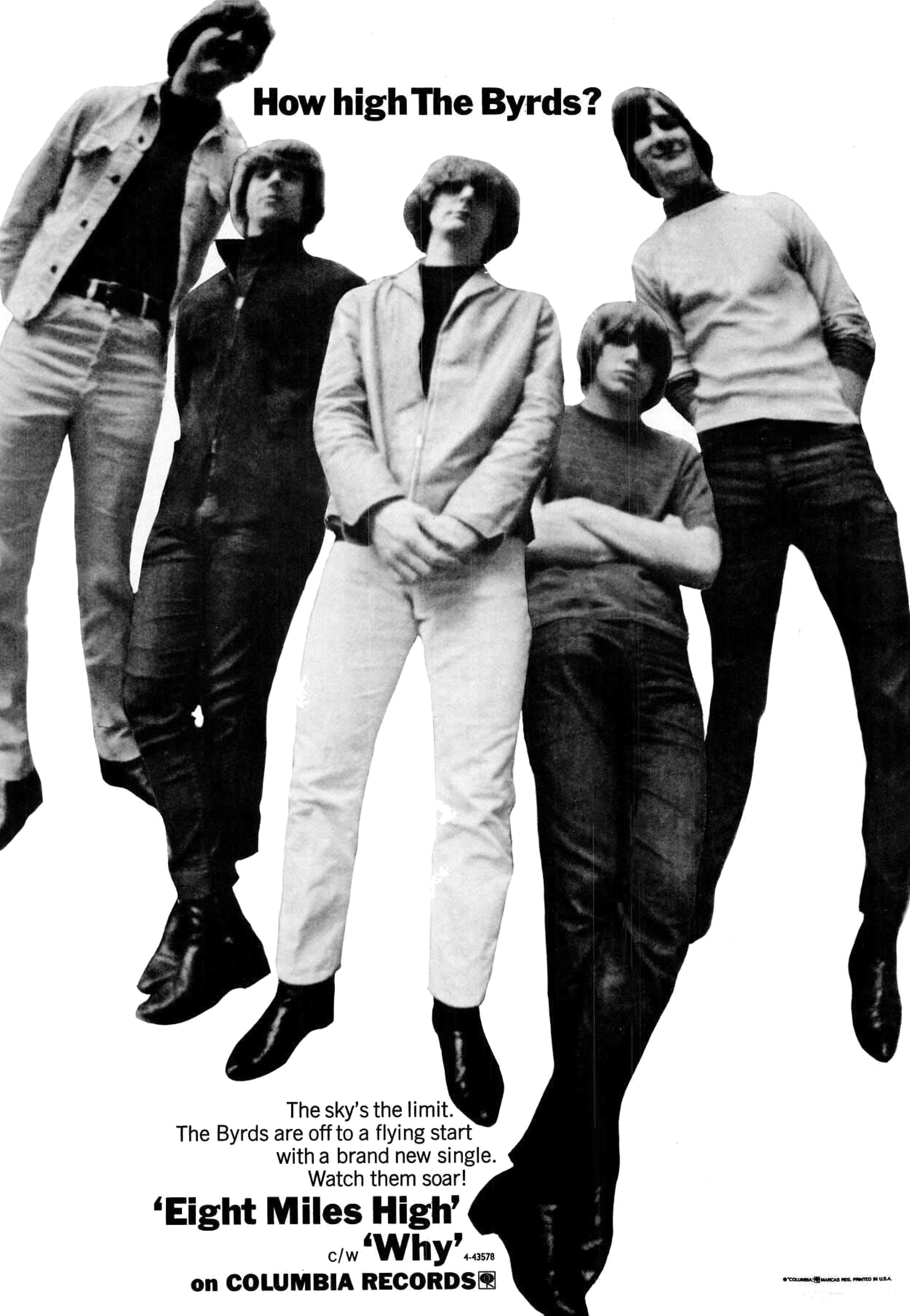
ON YOUR MOBILE DEVICE? Tap over featured image. Open to second window. “Stretch” across your device screen to magnify for larger print view.
ON YOUR PC? Click on ad image 2x for largest detailed view.
_______________
The above Billboard 04/02/1966 ad was digitally re-imaged and restored by Motor City Radio Flashbacks
![]()




